Los fósiles son restos o evidencias de organismos que vivieron en el pasado y que se han conservado en capas de roca sedimentaria. Estos restos proporcionan información valiosa sobre la historia de la vida en la Tierra y son una ventana al pasado. Los fósiles pueden incluir huesos, dientes, conchas, impresiones de hojas y otros restos orgánicos. Incluso como ya expuse en un post anterior, se puede encontrar materia fecal fosilizada llamada coprolito. Si te interesa el tema, en este otro post https://peakd.com/hive-10053/@lapgarcia/memorias-de-un-geologo-playa-espadillamemoirs-of-a-geologist-espadilla-beach hago referencia a una gran acumulación de coprolitos en Playa Espadilla, Costa Rica.
El estudio de los fósiles, conocido como paleontología, nos permite reconstruir la evolución de las especies a lo largo del tiempo y comprender cómo ha cambiado la vida en el planeta. Los fósiles se forman en condiciones específicas cuando los organismos muertos se entierran bajo sedimentos y se someten a procesos de fosilización. Este proceso implica la sustitución de los tejidos orgánicos por minerales y la preservación de la estructura original del organismo. Esta es una cuestión que vale la pena señalar, y es que se cree en general que el fósil es hueso, y realmente es roca.
English Version - Click here!
Greetings dear readers, today I bring you a topic that has fascinated geologists of all time. Also some images of Cuban sites where it is possible to find fossils.
Fossils are remains or evidence of organisms that lived in the past and that have been preserved in layers of sedimentary rock. These remains provide valuable information about the history of life on Earth and are a window to the past. Fossils can include bones, teeth, shells, leaf impressions, and other organic remains. Even as I explained in a previous post, you can find fossilized fecal matter called coprolite. If you are interested in the topic, in this other post https://peakd.com/hive-10053/@lapgarcia/memorias-de-un-geologo-playa-espadillamemoirs-of-a-geologist-espadilla-beach I refer to a large accumulation of coprolites in Playa Espadilla, Costa Rica.
The study of fossils, known as paleontology, allows us to reconstruct the evolution of species over time and understand how life on the planet has changed. Fossils are formed under specific conditions when dead organisms are buried under sediments and undergo fossilization processes. This process involves the replacement of organic tissues with minerals and the preservation of the original structure of the organism. This is an issue worth noting, and it is generally believed that the fossil is bone, and it is actually rock.
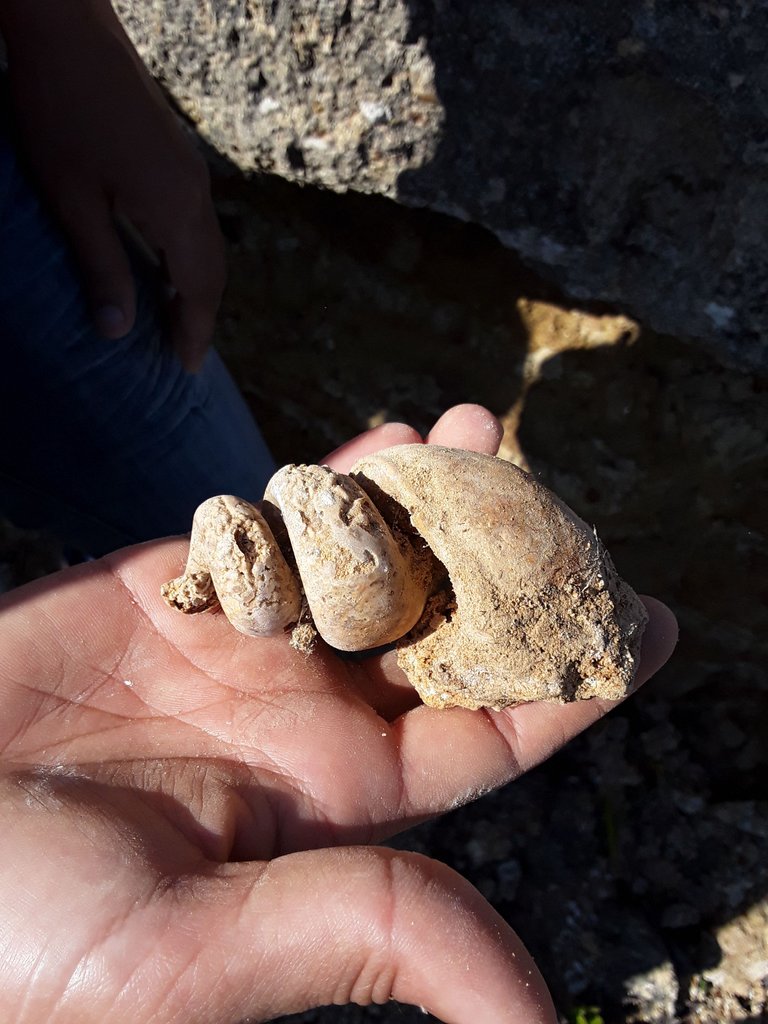
[Tomada desde mi móvil Redmi 9A/.Taken from my Redmi 9A cell phone.(Imagen de un fósil de gasterópodo, con concha en forma de espiral, se pueden encontrar en la localidad de Collazo, a unos pocos kilómetros de Sagua de Tánamo, Holguín/Image of a gastropod fossil, with a spiral-shaped shell, can be found in the town of Collazo, a few kilometers from Sagua de Tánamo, Holguín]
English Version - Click here!
There are different types of fossils, each with its own formation process. The most common fossils are skeletal remains, such as bones and teeth. These fossils provide information about the anatomy and physiology of extinct organisms. Another very common type of fossil is impressions, which are marks left by organisms in soft sediments, such as leaves, feathers, or footprints. These impressions can provide information about the shape and size of the organisms.

[Tomada desde mi móvil Redmi 9A/.Taken from my Redmi 9A cell phone.(Imagen de un fósil de gasterópodo, con concha en forma de espiral, también conocidos como turriletas, también localizados en la localidad de Collazo/Image of a gastropod fossil, with a spiral-shaped shell, also known as turriletas, also located in the town of Collazo]

[Tomada desde mi móvil Redmi 9A/.Taken from my Redmi 9A cell phone.(Imagen de un fósil de gasterópodo, en Collazo/IImage of a gastropod fossil, in Collazo]
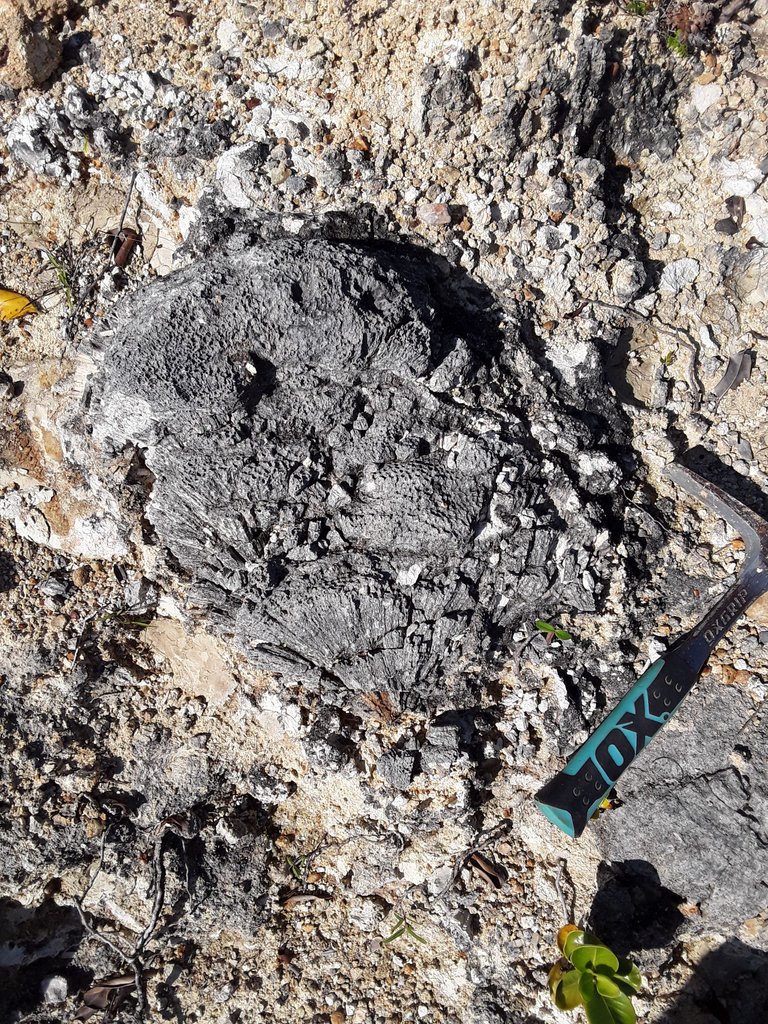
[Tomada desde mi móvil Redmi 9A/.Taken from my Redmi 9A cell phone.(Imagen de un fósil coralino, muy frecuentes en las zonas de playas cubanas. Esto significa que esta zona estuvo sumergida en el pasado geológico, sumergida en aguas marinas poco profundas que permitieron la formación corales/Image of a coral fossil, very common in Cuban beach areas. This means that this area was submerged in the geological past, submerged in shallow marine waters that allowed coral formation.]
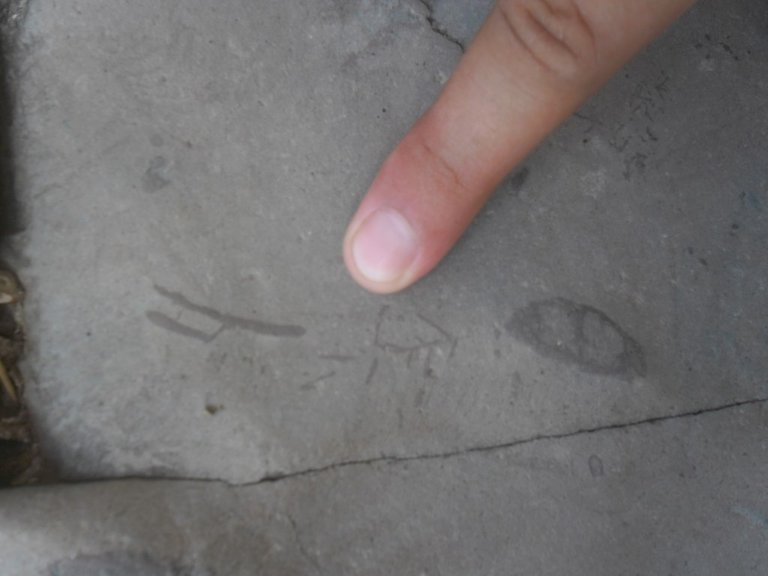
[Tomada desde mi móvil Redmi 9A/.Taken from my Redmi 9A cell phone.(Probablemente restos de plantas, tomadas de rocas calizas en Ramón de las Yaguas, Santiago de Cuba/Probably plant remains, taken from limestone rocks in Ramón de las Yaguas, Santiago de Cuba]
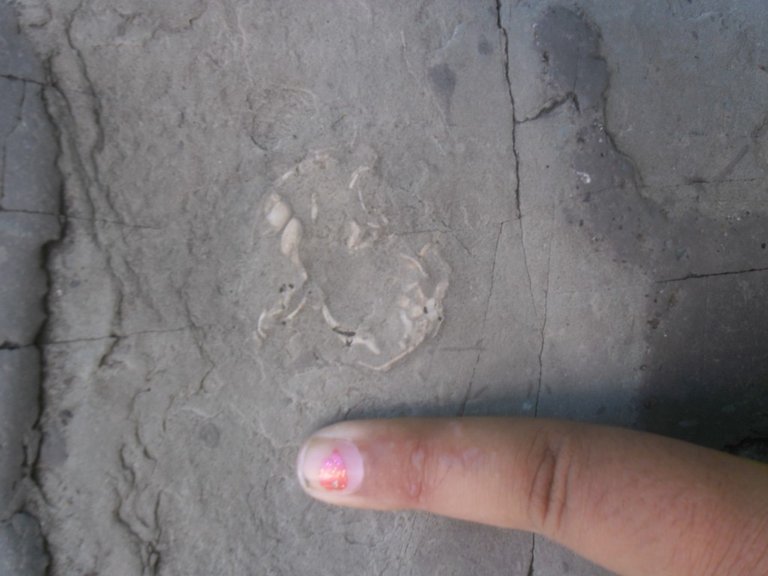
[Tomada desde mi móvil Redmi 9A/.Taken from my Redmi 9A cell phone.(Restos óseos en rocas calizas en Ramón de las Yaguas, Santiago de Cuba/Bone remains in limestone rocks in Ramón de las Yaguas, Santiago de Cuba]
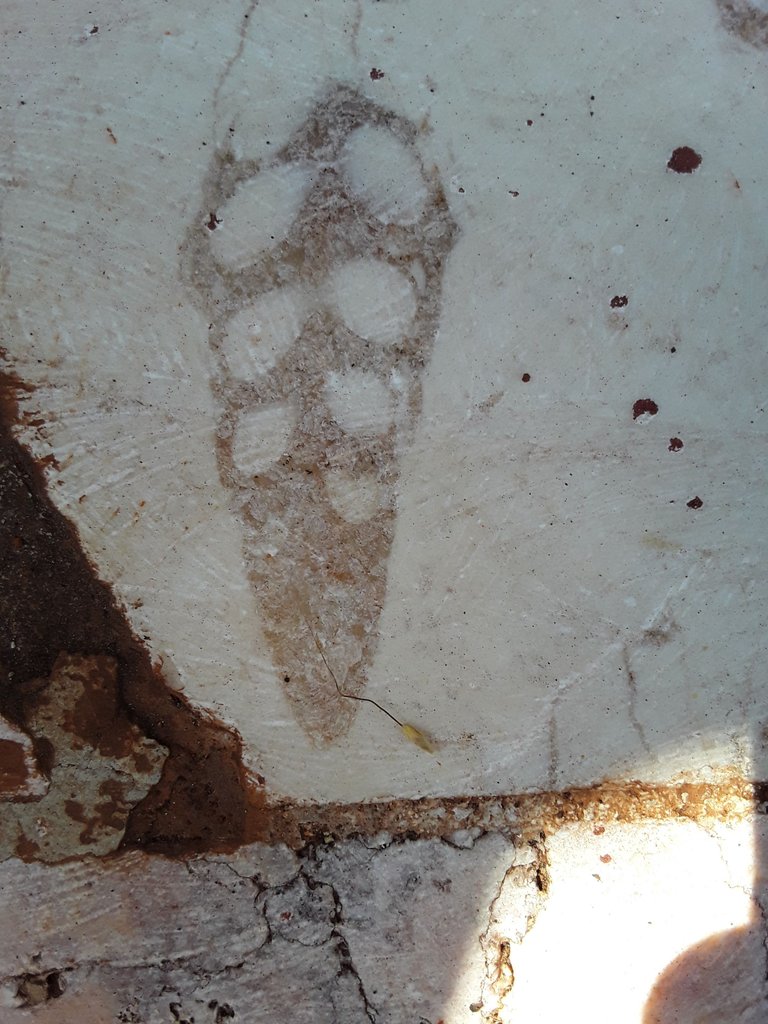
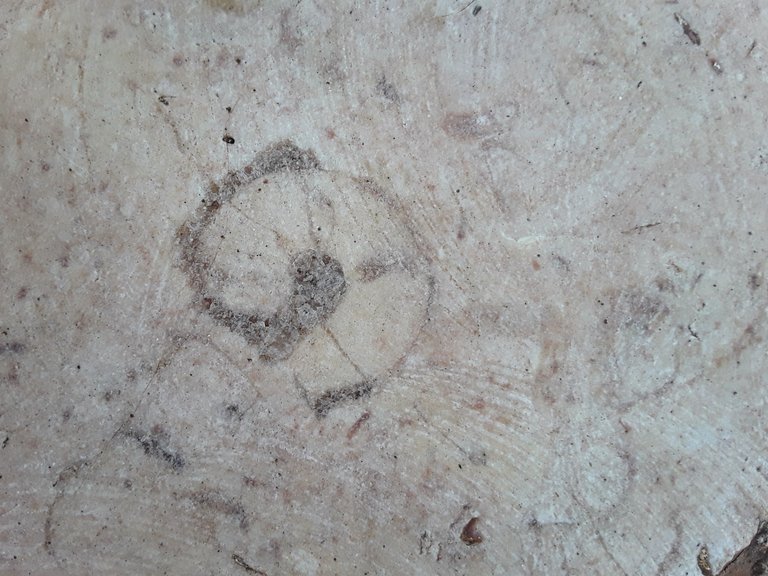
[Tomada desde mi móvil Redmi 9A/.Taken from my Redmi 9A cell phone.(Fósiles de rocas calizas de Bayamo, que forman parte de la escalinata de la Universidad de Moa/Fossils from Bayamo limestone rocks, which are part of the steps of the University of Moa]
Los fósiles desempeñan un papel importante en la reconstrucción de la historia evolutiva de los seres vivos. A través del estudio de los fósiles, los científicos han podido identificar patrones de cambio y diversificación en las especies a lo largo del tiempo. Por ejemplo, los fósiles han demostrado que algunas especies han evolucionado a lo largo de millones de años, mientras que otras se han extinguido por completo.
Además de su valor científico, los fósiles también tienen un interés estético y cultural. Muchos fósiles, como los de dinosaurios, son objeto de fascinación y admiración por parte del público en general. Los museos de historia natural exhiben fósiles de gran importancia y belleza, lo que permite a las personas explorar y aprender sobre la historia de la vida en la Tierra. En Cuba no tenemos fósiles de grandes saurios, pero es posible encontrar restos de algunos organismos marinos del Cretácico.
English Version - Click here!
The dating of fossils is a fundamental aspect in paleontology. The fossils are found in different layers of sedimentary rock, and scientists use various methods to determine their age. One of the most used methods is radiometric dating, which is based on the decomposition of radioactive isotopes present in the minerals of the rock containing the fossil. For Cuban geologists, fossils are especially important in oil research.
Fossils play an important role in reconstructing the evolutionary history of living beings. Through the study of fossils, scientists have been able to identify patterns of change and diversification in species over time. For example, fossils have shown that some species have evolved over millions of years, while others have become completely extinct.
In addition to their scientific value, fossils also have aesthetic and cultural interest. Many fossils, such as those of dinosaurs, are the object of fascination and admiration by the general public. Natural history museums display fossils of great importance and beauty, allowing people to explore and learn about the history of life on Earth. In Cuba we do not have fossils of large saurians, but it is possible to find remains of some marine organisms from the Cretaceous.
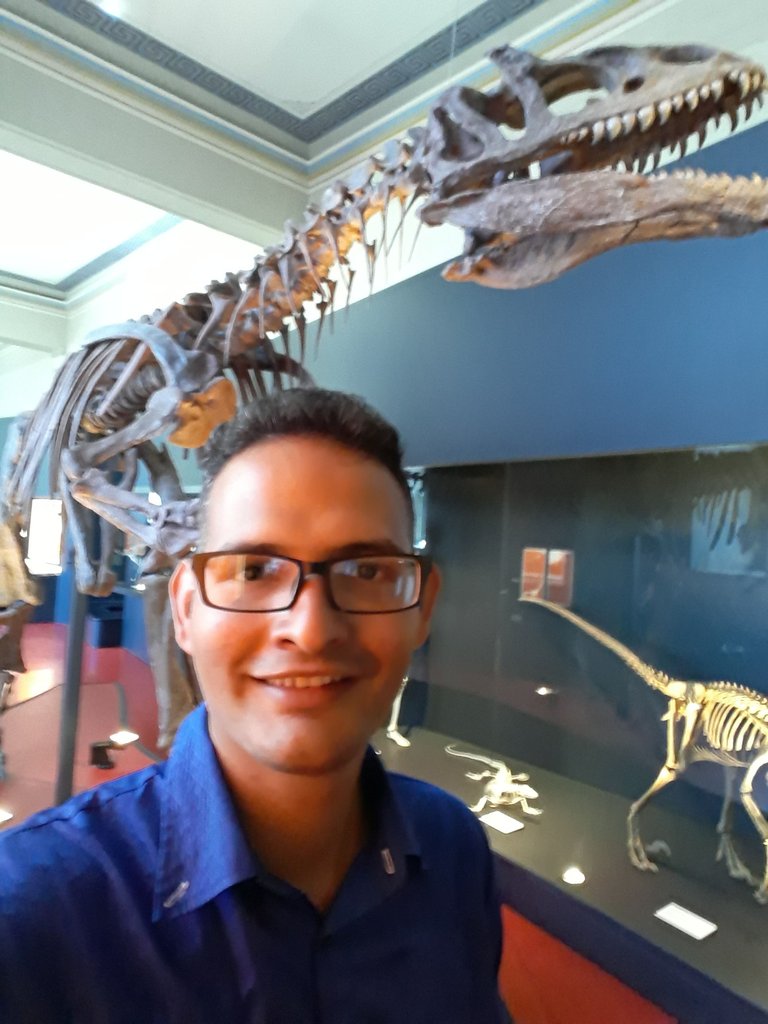
[Tomada desde mi móvil Redmi 9A/.Taken from my Redmi 9A cell phone.(A mi espalda, lo que queda de un Tiranosaurio Rex, quizás uno de los dinosaurios mas conocidos. Expuesto en el museo de Historia Natural de Bassel en Suiza/Behind me, what remains of a Tyrannosaurus Rex, perhaps one of the best-known dinosaurs. Exhibited at the Bassel Natural History Museum in Switzerland]
Además, la formación de fósiles es un proceso raro y requería condiciones específicas para su preservación. Esto implica que hay lagunas en el registro fósil y que algunas especies pueden estar subrepresentadas o incluso ausentes. Los científicos deben ser cautelosos al interpretar los fósiles y tener en cuenta estas limitaciones.
En resumen, los fósiles son restos o evidencias de organismos que vivieron en el pasado y que se han conservado en capas de roca sedimentaria. Estas reliquias proporcionan información valiosa sobre la evolución de la vida en la Tierra y nos permiten reconstruir la historia de las especies extintas. A través del estudio de los fósiles, los científicos pueden comprender mejor cómo ha cambiado la vida en el planeta y cómo han surgido y desaparecido las especies a lo largo del tiempo. Sin embargo, los fósiles también presentan desafíos y limitaciones, y es importante tener en cuenta estas consideraciones al interpretar y estudiar el registro fósil.
Si has llegado hasta aqui, espero que te haya resultado interesante, y solo me resta invitarte a otro encuentro con la Geología.
Hasta entonces, ten las mejores vibras.
English Version - Click here!
However, fossils also raise challenges and questions. The information they provide is limited and subject to interpretation. Furthermore, the fossil record is incomplete, as only a fraction of the organisms that have existed over time have been preserved. This means that there are many species that have never been preserved as fossils and that we are unaware of their existence.
Furthermore, the formation of fossils is a rare process and required specific conditions for its preservation. This implies that there are gaps in the fossil record and that some species may be underrepresented or even absent. Scientists must be cautious when interpreting fossils and keep these limitations in mind.
In short, fossils are remains or evidence of organisms that lived in the past and that have been preserved in layers of sedimentary rock. These relics provide valuable information about the evolution of life on Earth and allow us to reconstruct the history of extinct species. Through the study of fossils, scientists can better understand how life on the planet has changed and how species have emerged and disappeared over time. However, fossils also present challenges and limitations, and it is important to keep these considerations in mind when interpreting and studying the fossil record.
If you have come this far, I hope you found it interesting, and all that remains for me is to invite you to another encounter with Geology.
Until then, have the best vibes.

Que buen trabajo el hallas encontrado esos fociles, en Santiago hay un museo de ciencias naturales con muchos fósiles y eso también es revivir la historia.
Si, en cada provincia hay al menos un museo de Historia Natural con una pequeña y a veces variada colección de fósiles, rocas y minerales. Que son los elementos más esenciales para la geología, geografía etc. Espero que la de Santiago esté bien cuidada. En los últimos tiempos he visitado museos cubanos que parten el alma
Si los de Santiago están muy bien cuidados.
Congratulations @lapgarcia! You have completed the following achievement on the Hive blockchain And have been rewarded with New badge(s)
Your next target is to reach 400 upvotes.
You can view your badges on your board and compare yourself to others in the Ranking
If you no longer want to receive notifications, reply to this comment with the word
STOPTo support your work, I also upvoted your post!
Que interesante es el estudio de los fósiles, es un tema del que, hasta ahora, no conocía mucho. Debe ser increíble poder tocarlos y estudiar de donde proviene.
Ciertamente lo es. Gracias por comentar